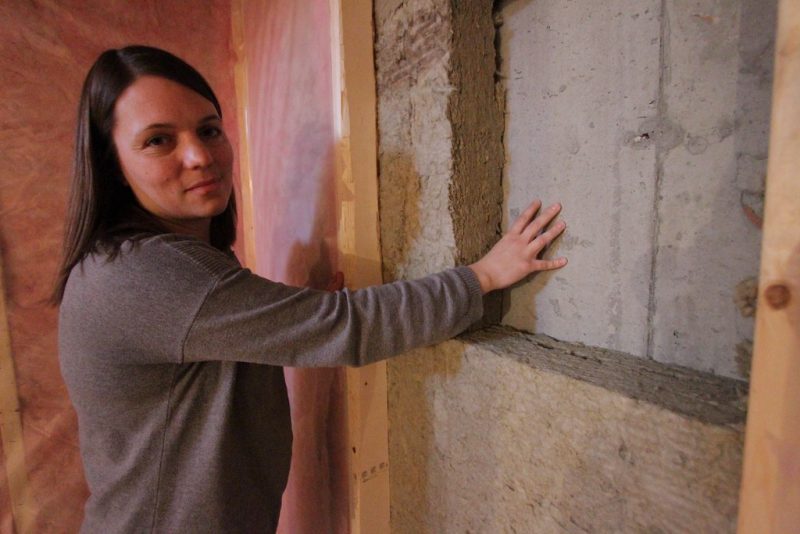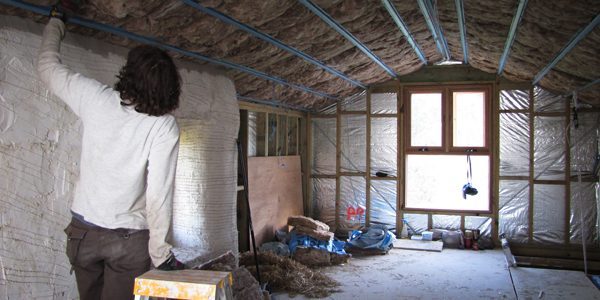How to Design Your Home Thermal Insulation
Efficient thermal insulation can reduce your heating consumption and divide your bills by 3! But between the places to be insulated, the choice of the insulator, the installation techniques and the labels to be favoured, finding your way is not easy. This post helps you prepare your insulation project.
Summary
- Questions before your thermal insulation project
- Insulation in new or old buildings?
- Choosing between exterior or interior insulation
- Good ventilation, but no draughts!
- Thermal regulations
Questions before your thermal insulation project
Insulating your home allows you to save energy, gain comfort and increase the value of your property. But to be effective, an insulation project must be designed in its entirety.
From the inventory of fixtures to the realization
Insulating is an essential activity to obtain a satisfactory level of thermal comfort. It is not only a question of installing a maximum number of insulating sheets; it is necessary to think about the project effectively. This implies having a thermal review carried out for renovation or a thermal study for new buildings, designing your project per the current thermal regulations and aiming for the best possible performance so that you do not have to go back to the drawing board.
Key notions
For a successful insulation project, you also need to understand the main principles of thermal conductivity and resistance, thermal inertia and effusivity of materials, and thermal bridges.
Insulation in new or old buildings?
If you are building a new house, the regulatory requirements are stricter, but you choose the construction system. Insulating an existing house is generally more complex, but you will often benefit from a more sympathetic character. Depending on the configuration of your home, whether you are renovating or building, the way you insulate will not be the same.
Insulating in new buildings

Since 2012, all buildings are required to be low energy. Insulating your house is, therefore, a crucial task, guaranteeing your living comfort and energy savings.
Moreover, when a building is constructed, load-bearing materials are chosen to guarantee the solidity of the walls and the load-bearing capacity of the roof and the floor. But these materials do not necessarily ensure good insulation. One solution: opt for distributed insulation, i.e. building materials that are both load-bearing and insulating.
Insulating during renovation
If you wish to improve the thermal insulation of your home, you must first have a thermal review carried out by a design office. The latter will help you evaluate your house’s strong and weak points, the points of vigilance, and the work to be undertaken. A building built with old materials (stones, raw earth) presents specificities to be taken into account, particularly the risks of excess humidity in the walls.
Choosing between exterior and interior insulation
To insulate a house, you have the choice between protecting from the inside or the outside, unless you choose a distributed or wood-frame insulation.
Exterior insulation, which involves applying an insulating blanket around the house, is the most effective.
In older homes, insulation from the inside is preferred in partial insulation or when you want to preserve the exterior appearance of the house. Find out more about the characteristics of interior insulation.
Good ventilation, but no drafts!
Insulating your home without addressing air leakage is a waste of money! Parasitic air inlets and outlets are significant heating losses, sources of discomfort, risks of poor indoor air quality and degradation of the insulation. A blower door test allows verifying that the air leaks have been treated during and at the end of the construction.
The thermal regulation
Properly insulating a home is now mandatory. The aim is to obtain positive energy buildings, meaning that the energy consumed by the house will have to be equal to the energy produced – yeah, a fair deal! New buildings are governed by regulation, comparable to the low energy building label; this regulation imposes three levels of requirements: bioclimatic needs, primary energy consumption and indoor temperature in periods of high heat.
Insulation work in existing buildings has also had its thermal regulation since the last decade. Note that the law over existing buildings is much less demanding than that for the new ones.
Hope you liked this post. Remember to share and comment below.



